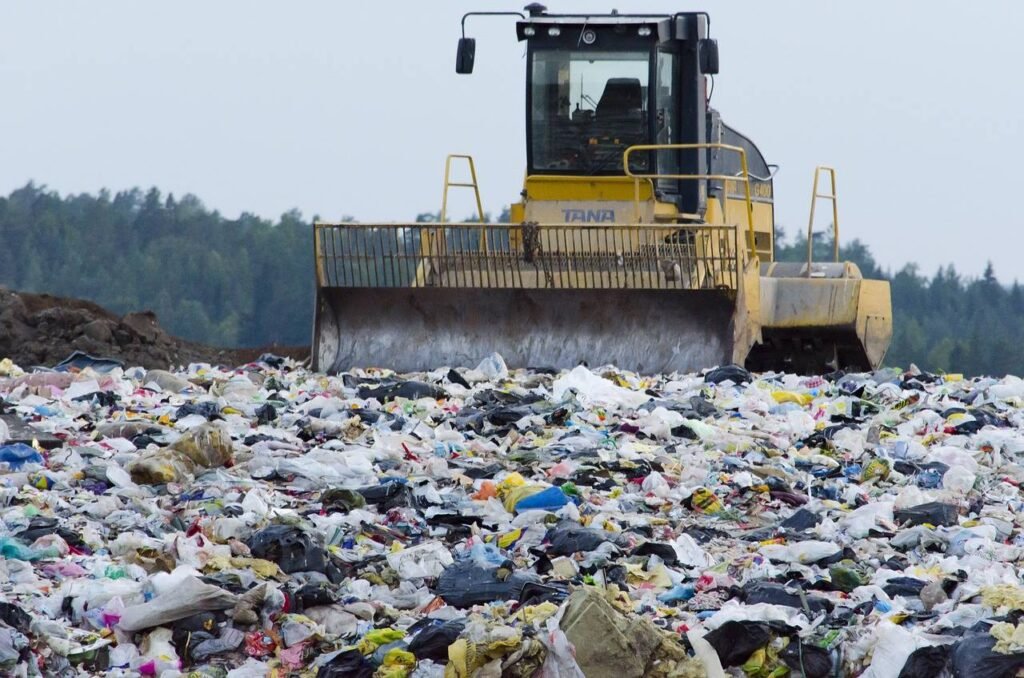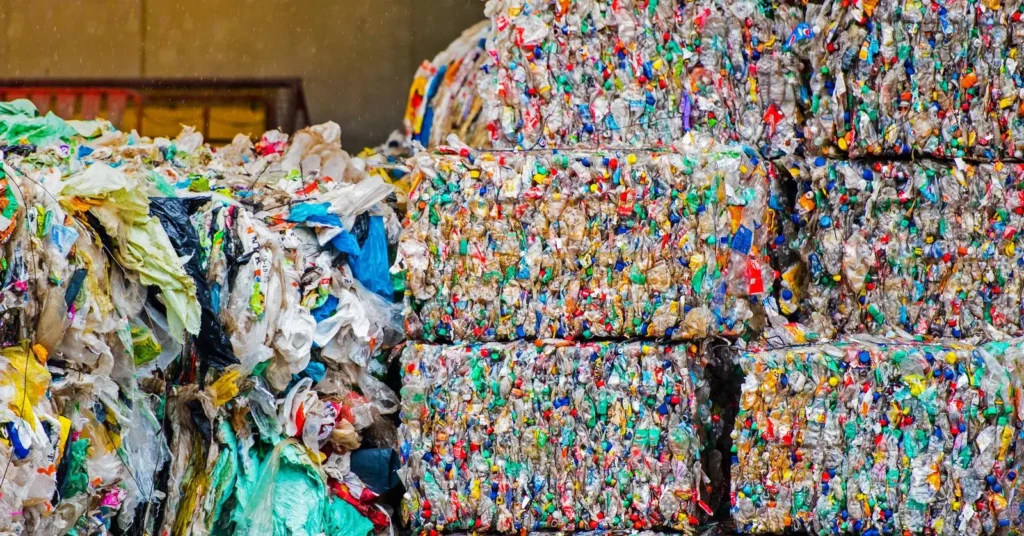From the following points we understand how to choose a good plastic recycling machine.
In today’s world, recycling plastic has become increasingly important. As we strive to protect our environment and reduce waste, choosing the right plastic recycling machine is essential. Whether you are a business owner, a part of a community organization, or just someone interested in recycling, understanding what makes a good plastic recycling machine can help you make an informed decision. This guide will walk you through the key factors to consider when choosing a plastic recycling machine, ensuring you get the best equipment for your needs.
Understanding the Types of Plastic Recycling Machines
There are several types of plastic recycling machines, each designed for different purposes. Knowing the basic types can help you choose the right one for your specific needs:
- Plastic Shredders: These machines cut plastic into smaller pieces, making it easier to process. They are ideal for bulky plastic items.
- Plastic Granulators: Granulators further reduce plastic pieces into granules. They are used after shredding to achieve finer particle sizes.
- Plastic Pelletizers: Pelletizers turn plastic granules into pellets, which can be used for manufacturing new plastic products.
- Plastic Extruders: Extruders melt plastic and form it into continuous shapes, such as pipes or sheets.
Determining Your Needs
Before selecting a plastic recycling machine, it’s crucial to determine your specific needs. Ask yourself the following questions:
- What type of plastic waste do you need to recycle? Different plastics, like PET, HDPE, or PVC, require different processing methods.
- What is the volume of plastic waste? High-volume operations will need more robust and high-capacity machines.
- What is your budget? Prices for plastic recycling machines vary significantly based on their size, capacity, and features.
- What are your end goals? Are you recycling plastic for reuse in manufacturing, for resale, or for waste reduction?
Key Features to Look For
When evaluating plastic recycling machines, several key features can indicate their quality and suitability:
- Capacity: The machine should handle your expected volume of plastic waste. Check the machine’s throughput, usually measured in kilograms per hour (kg/h).
- Durability: Look for machines made from high-quality materials. Stainless steel components, for instance, resist corrosion and wear.
- Efficiency: Energy-efficient machines save on operational costs. Consider machines with advanced technology that maximize productivity while minimizing energy use.
- Ease of Maintenance: Machines that are easy to clean and maintain reduce downtime and extend the equipment’s lifespan. Look for features like accessible parts and self-cleaning mechanisms.
- Safety Features: Ensure the machine has safety features like emergency stop buttons, safety guards, and overload protection to protect operators.
- Automation and Control: Modern machines often come with PLC (Programmable Logic Controller) systems that allow for automation and precise control of the recycling process.
Quality of Output
The quality of the recycled plastic output is another crucial factor. High-quality machines produce consistent and uniform plastic particles or pellets. Consistency is important if the recycled plastic will be used in manufacturing new products. Check the machine’s specifications to ensure it can produce the quality you need.
Manufacturer Reputation and Support
The reputation of the manufacturer is a good indicator of the quality and reliability of the machine. Research manufacturers to find out:
- How long they have been in business.
- What other customers say about their products and services.
- The level of customer support they offer.
A reputable manufacturer will provide good after-sales support, including installation, training, maintenance, and repairs.
Cost Considerations
While cost is always a consideration, the cheapest option is not always the best. Look at the total cost of ownership, which includes:
- Initial purchase price
- Installation costs
- Operating costs (energy consumption, labor)
- Maintenance and repair costs
- Lifespan of the machine
A more expensive machine might be more cost-effective in the long run if it is more efficient and durable.
Environmental and Regulatory Compliance
Ensure that the machine complies with environmental and safety regulations. Machines that meet regulatory standards help you avoid legal issues and demonstrate your commitment to environmental responsibility.
Flexibility and Scalability
Consider whether the machine can handle different types of plastic and if it can be upgraded or expanded as your recycling needs grow. Flexibility and scalability ensure that your investment remains valuable as your operation evolves.
Case Study: Successful Plastic Recycling Machine Implementation
To understand how these factors come together, let’s look at a case study:
Case Study: Green Earth Recycling
Green Earth Recycling is a mid-sized recycling company that needed to upgrade its plastic recycling capabilities. They processed a variety of plastics, including PET, HDPE, and PVC, and required a machine that could handle up to 500 kg/h. After researching several manufacturers, they chose a high-capacity plastic pelletizer from JianTai, known for its durability and efficiency.
Key Features of Their Chosen Machine:
- Capacity: 500 kg/h, suitable for their high-volume needs.
- Durability: Made with stainless steel components, ensuring a long lifespan.
- Efficiency: Equipped with energy-saving technology that reduced operating costs by 20%.
- Ease of Maintenance: Designed with easy-access parts and a self-cleaning system, minimizing downtime.
- Automation: Included a PLC system for precise control and automation, improving productivity.
- Safety: Featured advanced safety systems to protect operators.
Outcome:
Green Earth Recycling saw a 30% increase in productivity and a 25% reduction in energy costs. The consistent quality of the pellets produced allowed them to secure contracts with several manufacturing companies, significantly boosting their revenue.
Conclusion
Choosing the right plastic recycling machine involves understanding your needs, evaluating key features, considering the quality of the output, and researching the manufacturer’s reputation. By considering capacity, durability, efficiency, ease of maintenance, safety, and automation, you can select a machine that meets your requirements and provides a good return on investment.
Remember, investing in a high-quality machine from a reputable manufacturer, like JianTai, can ensure efficient and reliable recycling operations. By taking the time to make an informed decision, you contribute to a sustainable future while achieving your business goals.






